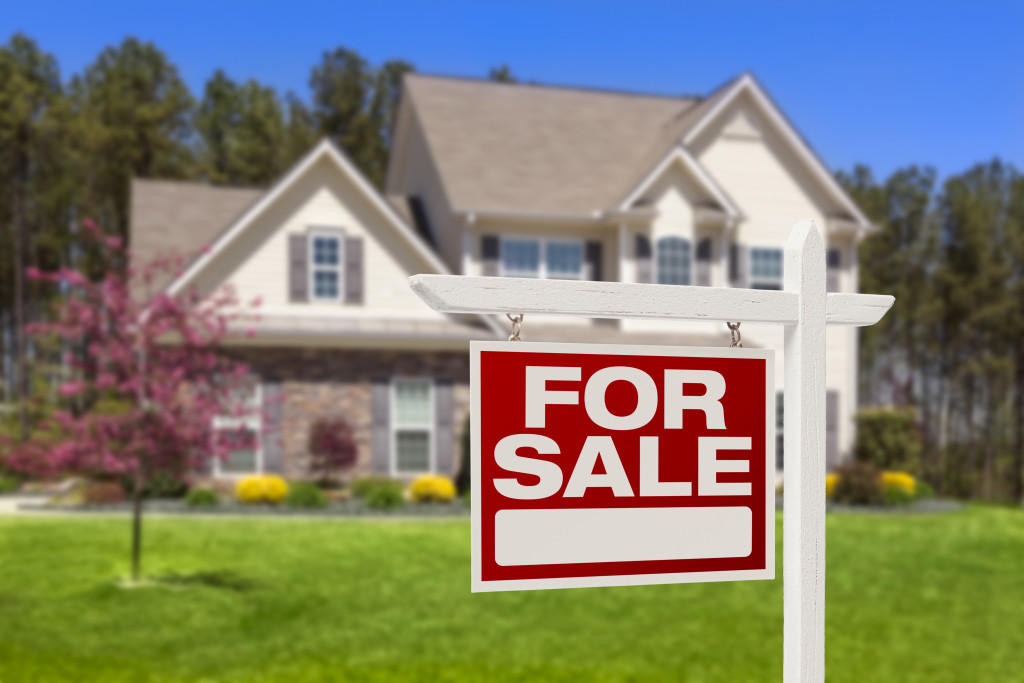Flipping houses is the process of buying a property and selling it for a profit relatively quickly. It usually involves fixing up the property before putting it on the market. It can be a very lucrative venture, but it’s not without its risks. In this article, we’ll explore the ins and outs of flipping properties-from the initial costs to the final profits. We’ll also go over what you need to do in order to flip a home successfully so that it’s not a complete disaster!
Define Your Goals
The first step in flipping a house for profit is to define your goals. What do you hope to accomplish by flipping this property? Are you looking to make a quick buck, or do you want to take your time and make a larger return on investment?
It’s important to be realistic about what you can achieve. Flipping a house is not a get-rich-quick scheme; it’s a business venture that requires time, effort, and money. But if done correctly, flipping can be a very profitable way to make money.
Calculate the Cost of Flipping a House
The cost of flipping a house includes the purchase price of the property, the renovation costs, and the real estate commission. Before you begin flipping houses, it’s important to have a realistic idea of how much each of these expenses will be.
The purchase price of the property is the easiest cost to calculate. You can get an idea of what homes in your area are selling for by looking at recent real estate listings. However, it’s important to note that the purchase price doesn’t include closing costs, which can amount to several thousand dollars.
Renovation costs can be more difficult to estimate. They can vary greatly depending on the extent of the renovations required and the quality of the materials used. However, there are a few general rules of thumb that can help you ballpark the cost.
Find an Option That Suits You
There are two main ways to flip a house for profit: you can buy a property and flip it immediately, or you can buy a property and hold on to it for a while before flipping.
If you’re looking for a quick turnaround, buying and flipping immediately is the way to go. This option can be risky, as there is always the chance that you won’t be able to sell the property right away. However, if you can find a good deal on a property and do the renovations quickly, you can make a nice profit.
Suppose you’re looking for a more conservative approach. Buying and holding before flipping is a better option. This way, you can avoid the risk of not being able to sell the property right away, and you’ll also have a chance to see how the market is trending so that you can price the property correctly when you do sell.
Figure Out What Type of Property to Flip

The next step is to figure out what type of property to flip. This will depend on a number of factors, including your budget, the condition of the property, and the zoning restrictions in your area.
There are two main types of properties to flip: residential and commercial.
Residential properties are houses and apartments. They tend to be the easier type of property to flip, as they don’t require as much renovation work. However, they also have a lower return on investment.
Commercial properties are businesses and other types of commercial buildings. They tend to have a higher return on investment, but they’re also more difficult to flip. They typically require more renovation work, and there are often zoning restrictions that limit what you can do with them.
Make Sure You Have Enough Capital to Flip a House
Before you begin flipping houses, it’s important to make sure you have enough capital to cover the initial costs. This includes the down payment on the property, the renovation costs, and the real estate commission.
If you don’t have enough money saved up, you can try borrowing money from a bank or a private lender. However, be aware that these loans can be quite expensive, and they can also be difficult to get approved for.
Find a Good Contractor to Help You Flip a House
One of the most important aspects of flipping houses is finding a good contractor who can help you with the renovations. This person will need to be reliable and trustworthy, and they should also have a good understanding of what needs to be done in order to flip a house.
If you don’t know anyone who can help you with this, you can try finding a contractor through word-of-mouth or online directories. You can also ask friends and family members for referrals.
Conclusion
Flipping houses can be a lucrative and satisfying venture. However, it’s important to take into account the initial costs and the condition of the property before you get started. By following these tips, you’ll be on your way to flipping a house for profit!


